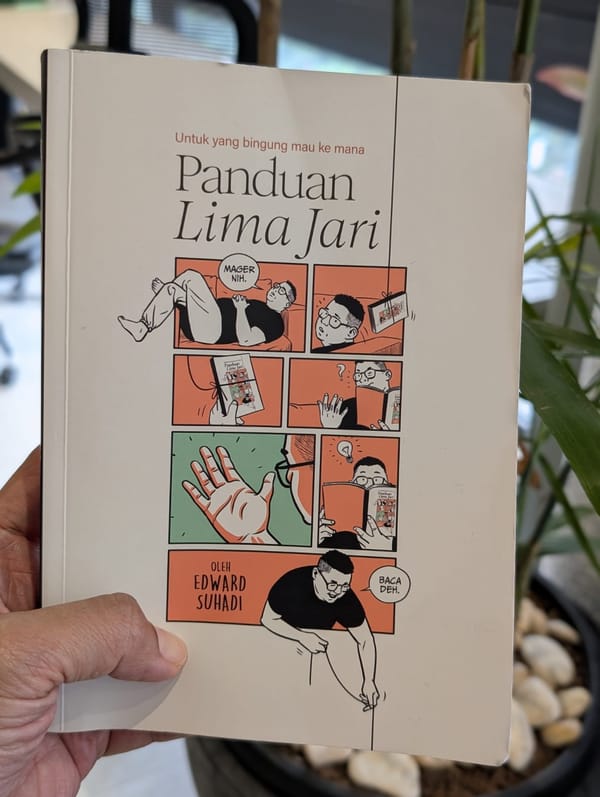Jakarta's Cinematic Boom: Why Investors Should Take Note

The deafening boom of a car chase, the searing flames, the acrid tang of gunpowder – even from the sidelines, the filming of an action sequence set pulses racing. This organized chaos aptly mirrors the thrilling momentum of Indonesia's burgeoning film industry.
Jakarta's streets may hum with the energy of a thousand cafes, but a different kind of investment could reshape the nation's cultural and economic landscape. Film, often overlooked in favor of more tangible ventures, holds the key to unlocking a wave of influence—and lucrative returns—that could rival the global phenomenon of K-pop and Korean cinema.
Just as Korean beauty products have found their way into Indonesian pharmacies, stories born in Jakarta could earn our products a spot on shelves of global chains. A successful Indonesian film isn't just a box office hit—it's an ambassador, showcasing the nation's food, fashion, and traditional arts to a rapt global audience. This fuels tourism, strengthens Indonesia's soft-power diplomacy, and creates a virtuous cycle of cultural and economic growth.
Korea's meteoric rise from cinematic curiosity to Oscar darling offers a compelling case study for Indonesia, a nation brimming with untapped storytelling potential.
Evolution, Not Revolution
The ascent of Korean cinema wasn't a sudden upheaval but a slow burn fueled by decades of persistence. In the 1980s, Korea established its Academy of Film Arts, a breeding ground for future visionaries like Bong Joon-ho. Later, the relaxing of censorship laws and the opening of cultural exchange channels unleashed a torrent of creativity that rewrote the international perception of Korean film in just a few decades.
Indonesia's film industry has a decades-long history, with movies like Dono Kasino Indro and Susana hailed as classics. But its renaissance has been recent, especially after the pandemic, as more than half of the tickets sold in theatres are for local productions. Twenty locally produced films sold more than 1 million tickets.
Nurturing Seed Talent
A key factor in Korean cinema's ascend was the emergence of a new generation of filmmakers in the late 90s and early 2000s. Directors like Park Chan-wook ("Oldboy"), Bong Joon-ho ("Parasite"), and Kim Ki-duk ("3-Iron") were not afraid to break conventions, tackle controversial subjects, and push the boundaries of cinematic language. Their works have not only received critical acclaim at home but have garnered recognition at international film festivals, laying the groundwork for the world to notice Korean cinema.
A positive trend is that more and more Indonesian directors have made creative breakthroughs beyond the horror genre. Ngeri-ngeri Sedap by Bene authentically portrayed Batak culture. And Muhadkly Acho's Gara-gara Warisan hit the jackpot through its clever mix of comedy and horror, proving that even crowd-pleasing films can offer glimpses into Indonesia's diverse traditions. Kamila Andini and Ifa Ifansyah's Gadis Kretek brought Javanese cigarette folklore to a global audience.
Access to Capital
In the early days, Korea's film industry was fueled by powerful conglomerates, but this model proved vulnerable to economic shocks. The financial crisis of 1997 saw these giants withdrawing support, creating a vacuum quickly filled by a new breed of private investors. This professionalized the industry, putting artistic aspirations on a stable financial footing.
Indonesia's film scene, in contrast, remains largely dependent on a small pool of high-net-worth individuals. While a handful of companies have begun dipping their toes, sustained investment is still limited.
Indonesia boasts one of the world's largest film markets, with a young, passionate audience hungry for content. Yet, the landscape is still nascent, offering early investors the potential to shape an industry on the rise.
The potential, however, is undeniable. Did you know Korea's K-pop industry is valued at over $8 billion? That Korean Chicken exports increased by 55% last year? That international tourists visiting South Korea increased from 6.8 million in 2000 to 17.5 million in 2019?
Imagine the returns – cultural and economic – if Indonesia unleashed its cinematic potential? A single well-crafted Indonesian film could not only reap commercial rewards, but also elevate the global perception of the nation's rich traditions – think of the mesmerizing effect of wayang kulit or the rhythmic beauty of gamelan music reaching new audiences within a compelling, cinematic context.
As Korean dramas dominate streaming platforms, it's time for the world to discover the next cinematic sensation—and for savvy investors to capitalize on a cultural wave waiting to break. It just might be found under the flicker of a Jakarta projector.





